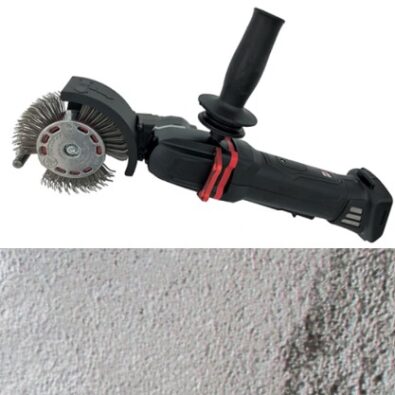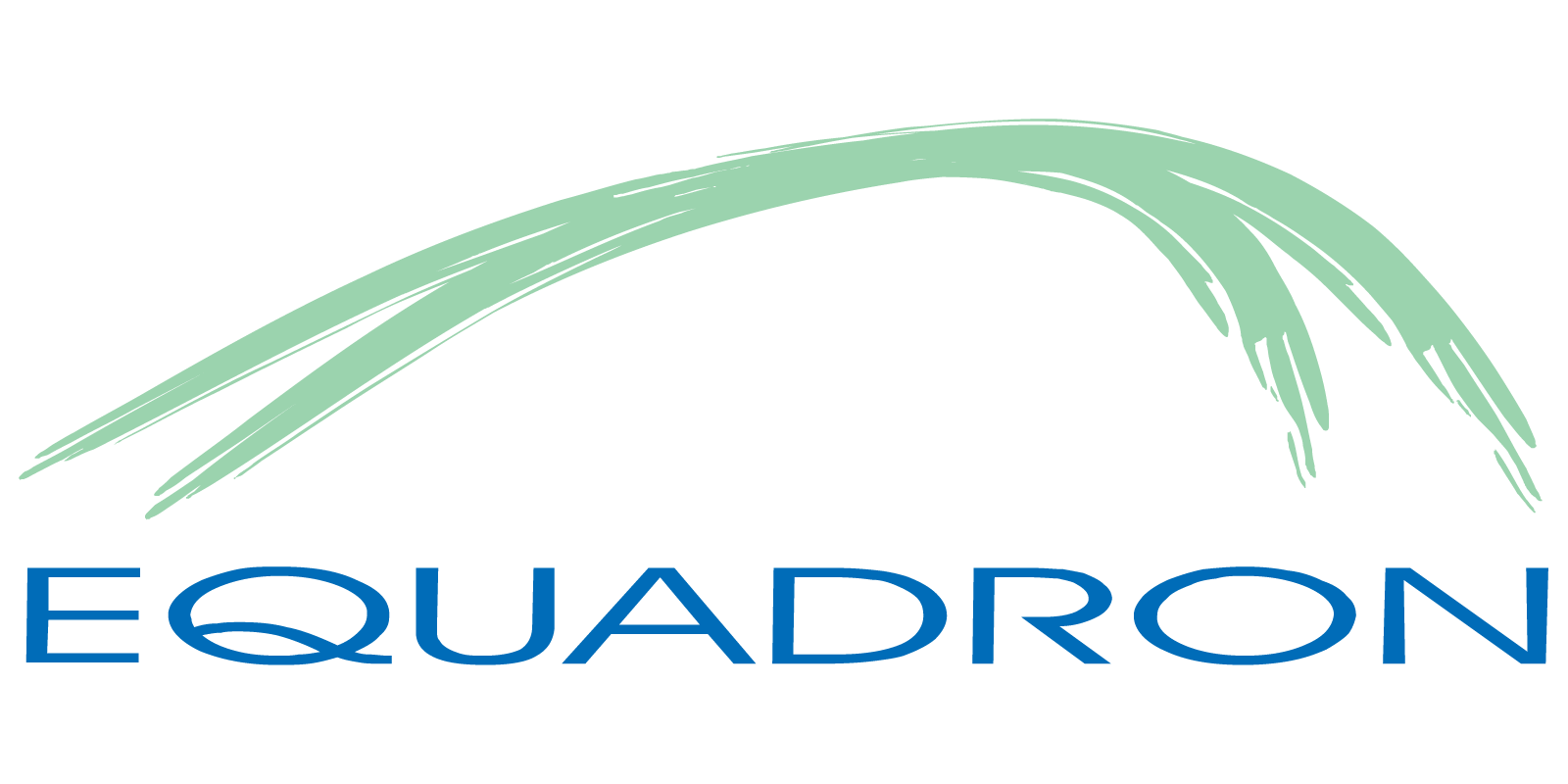New construction and rehab steel projects present certain areas where accessibility constraints hamper proper surface preparation before the application of protective coatings. Steel designs with hard-to-reach areas such as pockets are quite common. In these cases, consideration for alternative surface preparation methods suitable for geometry constraints is a must. A thoughtful protective coatings technical specification should include provisions for hard-to-reach areas surface preparation. Specifically, the utilization of bristle blasters following SSPC SP 11 Power Tool Cleaning to Bare Metal.
The first step is to make certain that exposure to hazardous contaminants such as lead paint will be avoided. Collect samples of the existing coating and ship them for chemical analysis. This preventive approach will ensure you have the necessary personal protective equipment (PPE) for the job. Additionally, make sure you are working in a well-ventilated area to minimize exposure to dust and fumes generated during the process.
A bristle blaster is a magnificent tool not only because it helps clean the steel to bare metal but also because it creates a surface profile increasing primer mechanical adhesion. A bristle blaster operator should always inspect the surface to be cleaned to ensure that surface contaminants such as oil and grease do not get embedded in the steel. Their removal using solvent as per SSPC SP 1 Solvent Cleaning before power tool cleaning is essential to prevent unexpected coating failures.
It is also extremely important to know the type of substrate to be cleaned and the disc material. For instance, if a carbon steel disc is used to prepare a stainless-steel substrate, the carbon steel disc will contaminate the stainless-steel surface causing corrosion. Make sure that you are using compatible materials for your cleaning activities.
First, check the ambient conditions in the work area to ensure the steel won’t rust during cleaning activities. Small containments and heaters may be necessary during rain or winter work. Clear the area of any loose debris or contaminants that could interfere with the bristle blaster’s effectiveness. To obtain the best performance, ensure the accelerator bar is maintained approximately 10 mm from the work surface. If the accelerator bar is too far from the surface, the performance will drop significantly. Apply moderate pressure and move the tool in a back-and-forth motion, working in small sections at a time. To achieve consistent results, ensure that each stroke overlaps the previous one by approximately 50%. This technique guarantees thorough coverage and an even removal of coatings or corrosion.
Once the bristle blasting process is complete, clean the surface thoroughly with solvent to remove any residual dust or debris. This step is crucial before applying any protective coating and will considerably increase its durability.

